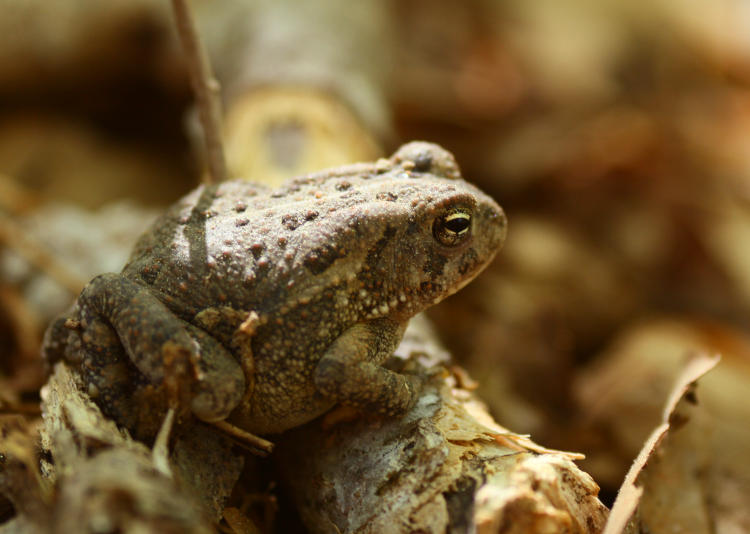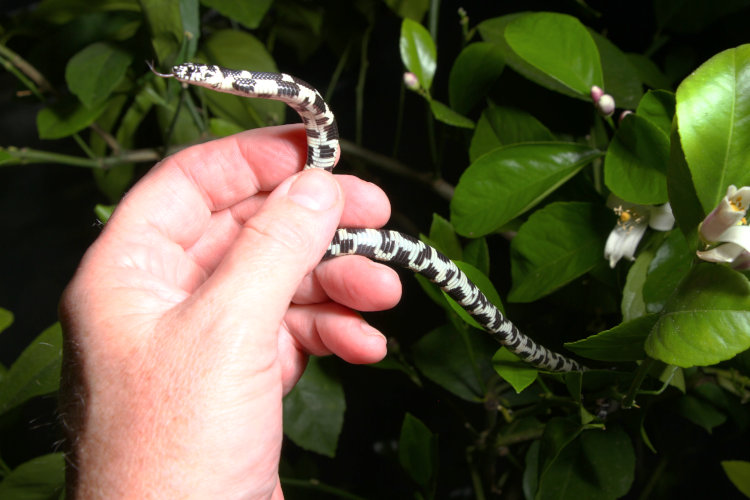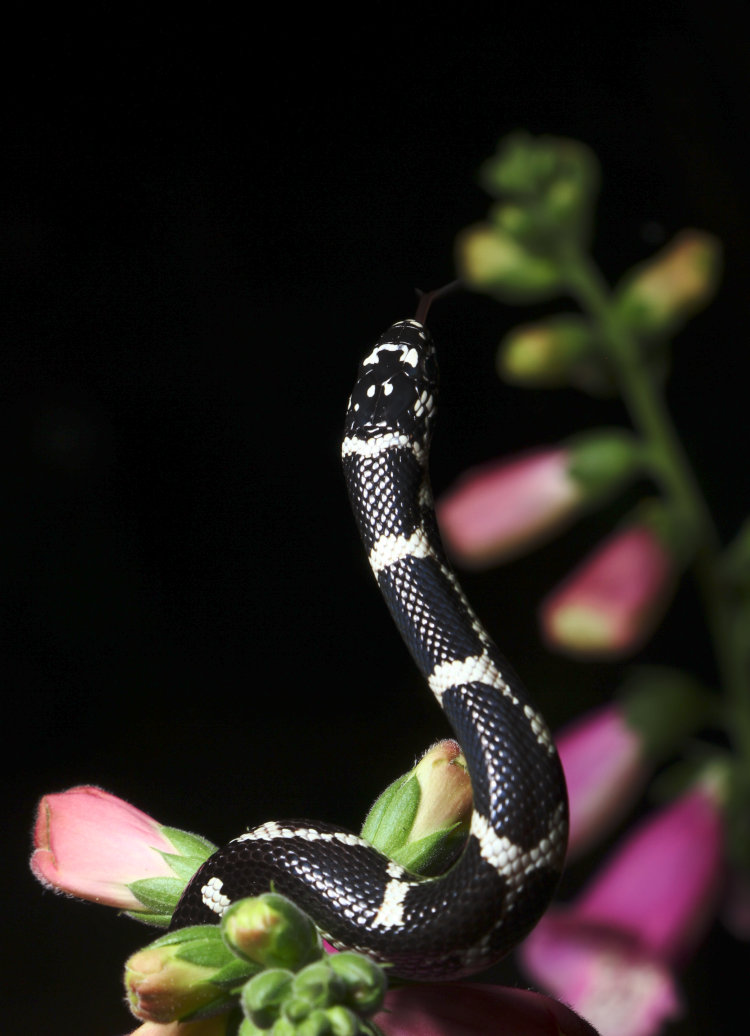I’ve got a minor backlog of images to work through – nothing breathtaking, just the various things found around the property that aren’t really Estate Finds, but I’ve been getting plenty of pics and you might as well see some of them. So we’re going to start with the amphibians.

This one – the same exact individual – was featured before, peeking from the same exact burrow, but I might have misidentified it then. I called it an American toad (Anaxyrus americanus,) but there’s a chance that it’s actually a southern toad (Anaxyrus terrestris); the distinguishing difference are the large knobs sitting on the back of the head, behind and inwards from the eyes, and none of my photos are adequate to determine if they’re present or not. Southern toads did not really reach as far inland as we used to live, so I got used to knowing it was always American toads there, but now things are different. Which also includes this species:

The pale stripe that’s visible down the middle of the back of this high-contrast specimen indicates that this is a Fowler’s toad (Anaxyrus fowleri,) – I think, anyway, because it also has some bulges on the back of the head. I’ve long held the view that too many of the sources of identification of species fail to have adequate images to illustrate what they mean by “less pronounced cranial crests that are flush with the parotoid glands,” and it occurs to me that I can actually be someone that corrects that. I’m often inclined to take photos in situ and not in studio or while handling, but in these cases that’s simply the best way to see those identifying characteristics clearly. And of course I’m thinking this now that none of them are immediately available.
Meanwhile, I will show you the shamelessly posed one, though all I did was place the toad in a different location – this seductive expression is all on the toad:

The flower pales in comparison, doesn’t it?
Okay, now things get interesting, because right here, I stopped this post as lightning was moving into the area and I went out to try for pics. This was completely unsuccessful (I have noticed that lightning strike plotters are notoriously inaccurate for this region, often off by kilometers,) but on returning, I found a toad right alongside the car, recognizing it as a southern toad. Since I had just typed that bit above about doing my own identification images, I snatched this toad up for a photo session.

Only a hair away from a ‘wild’ shot, I simply set her down on the front walk, because she was pretty complacent, and I could light those cranial knobs distinctly. She was a little less complacent about the hind leg shots…

… even though there are no identifying characteristics here, yet the Fowler’s toad does, so this is for comparison. Relax – she was being held gently, even though she didn’t like having her leg held out. And then the belly shot…

… which primarily shows the lack of a dark spot, once again indicating that this is not a Fowler’s, and the pale throat, which indicates that this is a female. Seriously, trying to be even a little knowledgeable about the species found in any area can take a fair amount of internet research.
It gets worse, though. I went through older images to demonstrate the difference with the American toad, and found that more than a few of my toad images were indeed of southern toads, like that below from four years ago.

 However, the map at Herps of NC.org showing the southern toad’s range specifically excludes the two counties I was photographing them within, highlighted in pale blue at right. Which goes to show you that online sources can be out of date or simply incomplete, so trusting them implicitly isn’t perhaps the best move. Anyway, I do still have a comparison image of a true American toad, also from four years ago:
However, the map at Herps of NC.org showing the southern toad’s range specifically excludes the two counties I was photographing them within, highlighted in pale blue at right. Which goes to show you that online sources can be out of date or simply incomplete, so trusting them implicitly isn’t perhaps the best move. Anyway, I do still have a comparison image of a true American toad, also from four years ago:

All that was a sidetrack from what I’d already planned to write about, and while getting those images, I got another that’s on topic and even a little fartsy, so we’ll throw it in here:

This is a very tiny Copes grey treefrog (Dryophytes chrysoscelis) perched on one of our decorative wind spinners, this one on the back deck. It had moved from its initial position as I tried for a good angle, but allowed me to get this one instead, so we’re good.
And now, back to our fun with identification. These were from a few weeks back.

So, there are two species of frog that look about like this: the pickerel frog, and the southern leopard frog. While I believe I heard the calls of the latter earlier this year, I can often hear the calls of the former, so no real help there. The distinguishing characteristics for the leopard frog are more ‘squarish’ spots long the side and a white spot on the tympanum, the external eardrum, while the pickerel frog has yellow or orange on the concealed parts of the hind legs, which of course you cannot see in any normal conditions.

While this one was nice enough to let me get both sides, the spots are pretty inconclusive, aren’t they? And that’s not a ‘white’ spot on the tympanum, but certainly paler. Except, the example images provided at that same website show specimens without the spot at all.

However, based on this specimen found a few days ago in almost the exact location, I’m going to go with these being southern leopard frogs (Lithobates sphenocephalus) and have done with it. The pale spot on the tympanum being missing doesn’t necessary rule one out as a leopard frog, but if I see it there, even faintly, I’m ruling that this is enough to count. Unless the call sounds wrong, but I never see one when they’re calling. In fact, there are a couple of different species in the pond that are calling as I’m standing there with the headlamp, and I can never spot them even though I know they’re right there.
No questions about this one, though:

Just the size would have been enough, since nothing else grows this big, about the size of my closed fist; this is an American bullfrog (Lithobates catesbeianus.) The coloration is also a clue, but more distinct is the ‘vein’ running from the back edge of the eye.

On the green frog, the only other species around here that appears close, the ridge from the back side of the eye runs all the way down the back, but for the bullfrog, it only curls down behind the tympanum and ends there. The call of the bullfrog is also quite distinctive, though I have yet to hear them calling here at the new place.

No problems with this one either, as it’s another Copes grey treefrog, this time perched on the potted ginkgo (Ginkgo biloba) tree on the deck, almost immediately under the spinner seen earlier, though this one is three times the size of the previously pictured specimen. That pale spot under the eye seems to develop, even very faintly, before any other markings, and I’ve identified some very young specimens from that little spot. Now, these are identical to the common grey treefrog, distinguishable in the field only by their call, but North Carolina seems to host only the Copes for some reason. Though now I don’t trust that as much.

Another appearance of the eastern spadefoot (Scaphiopus holbrookii,) whose coloration seems to almost entirely lack any of the browns that the other toads typically have; the last few specimens have been primarily grey-olive, but the pale green hue to the irises are also a telltale. I have yet to hear any calling, but I’ll endeavor to get recordings of it when it happens. This one is doing the species’ typical hunting practice, which is to sit in the mouth of its burrow and wait for crickets to wander past, though to be honest, I’ve found them outside of the burrow more often than within. As I changed angle for another frame, it drew back down into the burrow further.

By the way, I’ve examined all of those that I’ve come across, save for this one, and have seen no sign of the one with the injured hindleg. Did it heal? Did it not survive? Can’t say.
And finally,

This very young green treefrog (Dryophytes cinereus) was splayed out rather lankily on this large leaf last night, drawing in a little before I got close enough to get the photograph. It was aware of my presence and a little anxious, but I managed to get around for a better portrait angle before it leapt off elsewhere.

Isn’t that a much cooler angle? I thought so, anyway – I’ve done hundreds of images of the species, but I’m always up for something dynamic.
Anyway, that got a few images out of the folder, though I ended up adding seven to the post from the initial plans. I still have more subjects to tackle though.
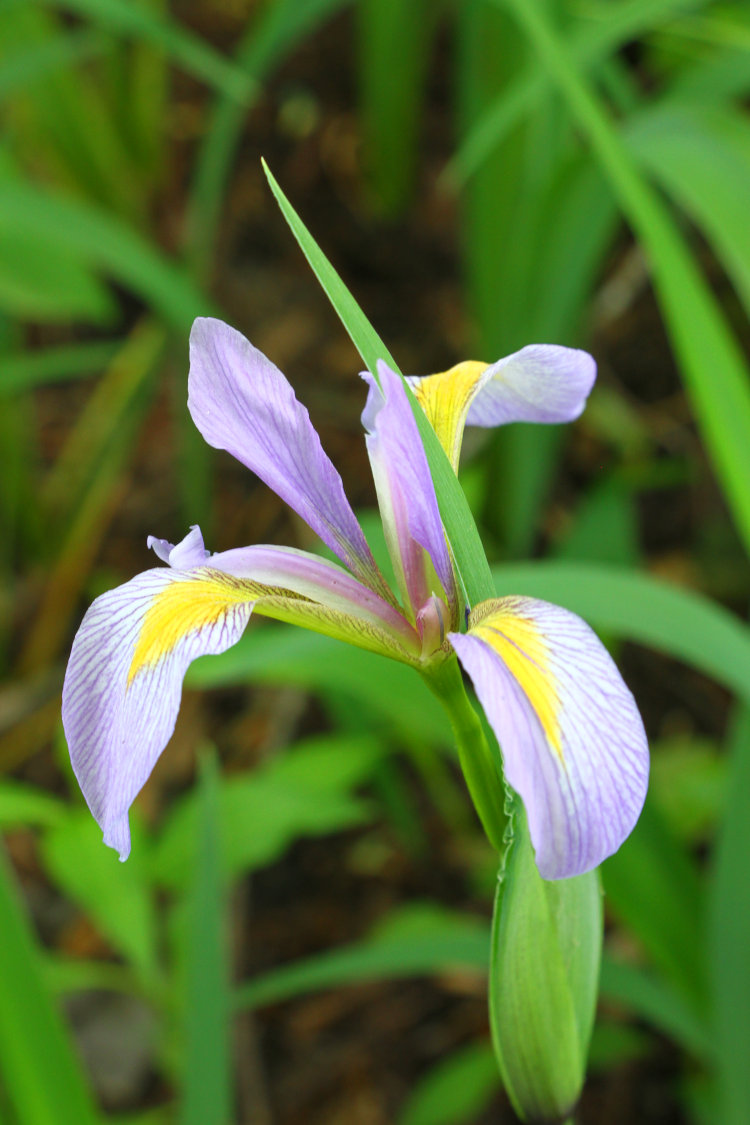



















































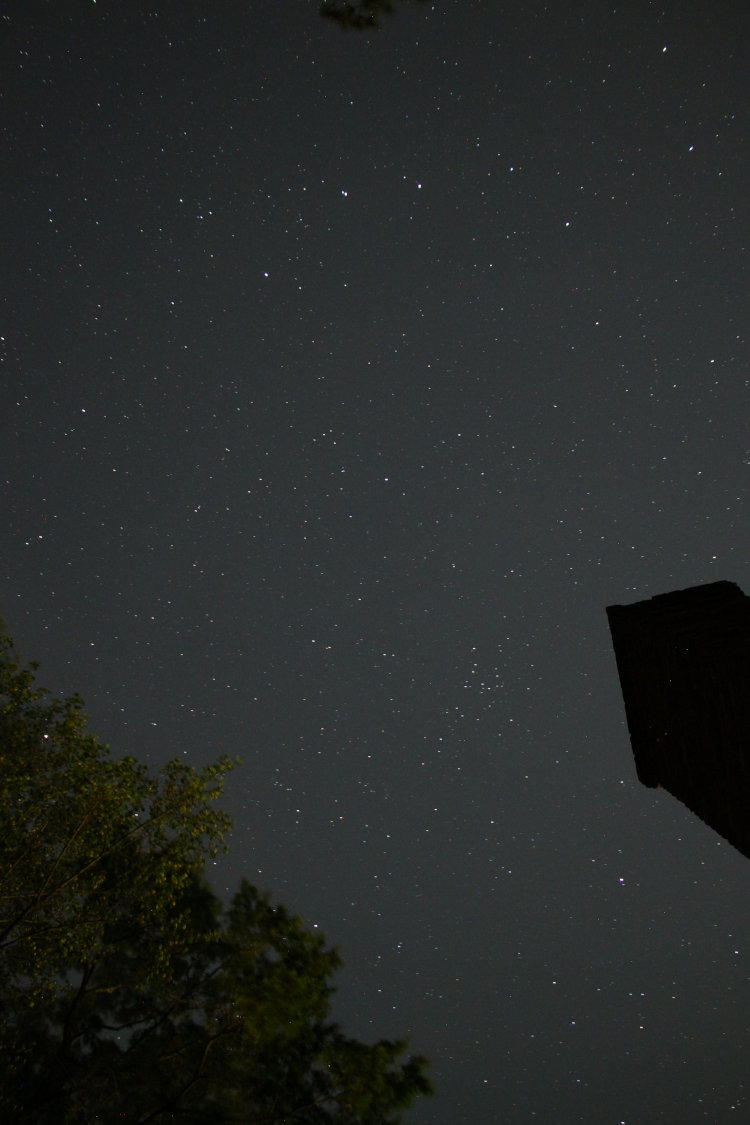
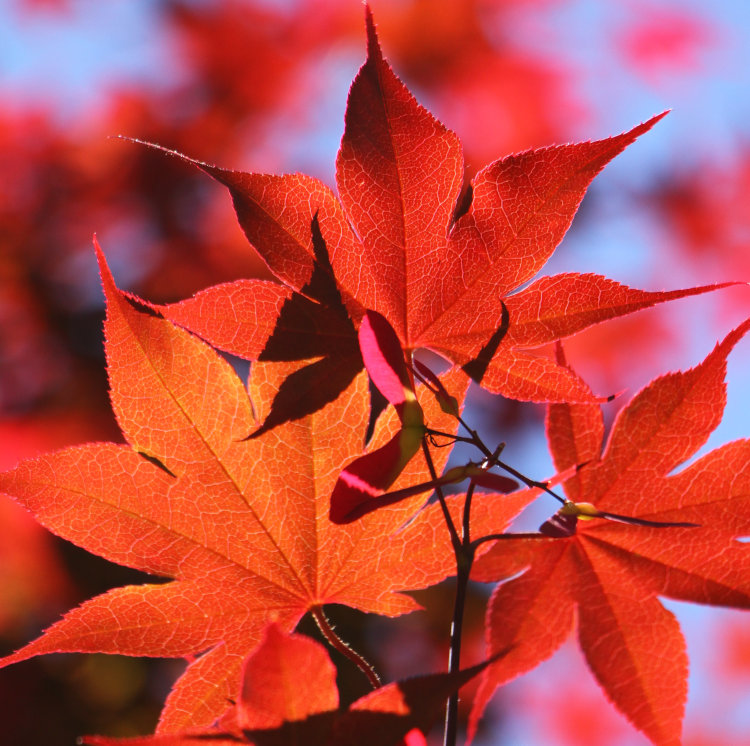
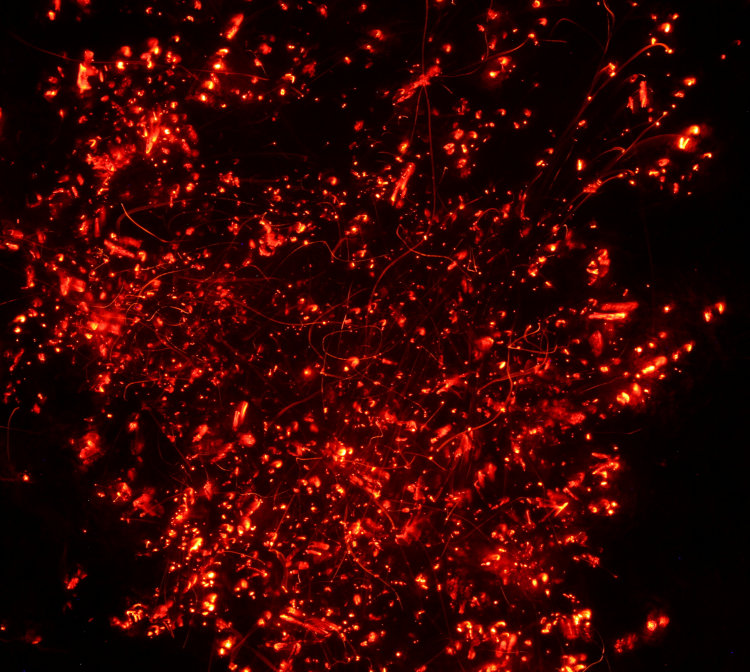
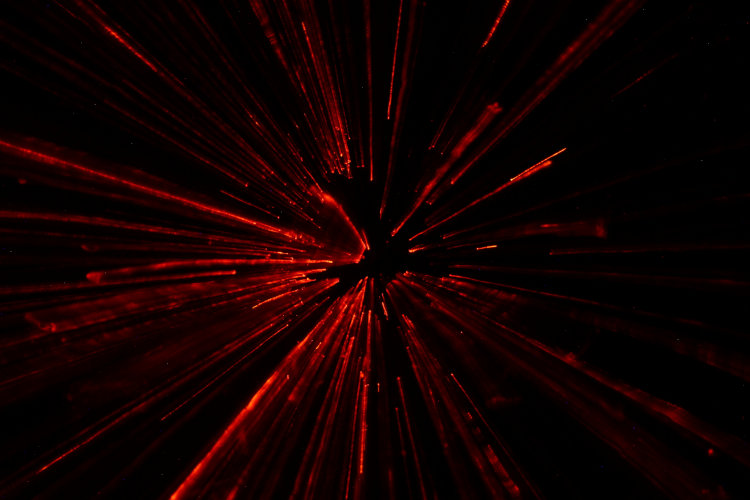











 However, the map at
However, the map at 